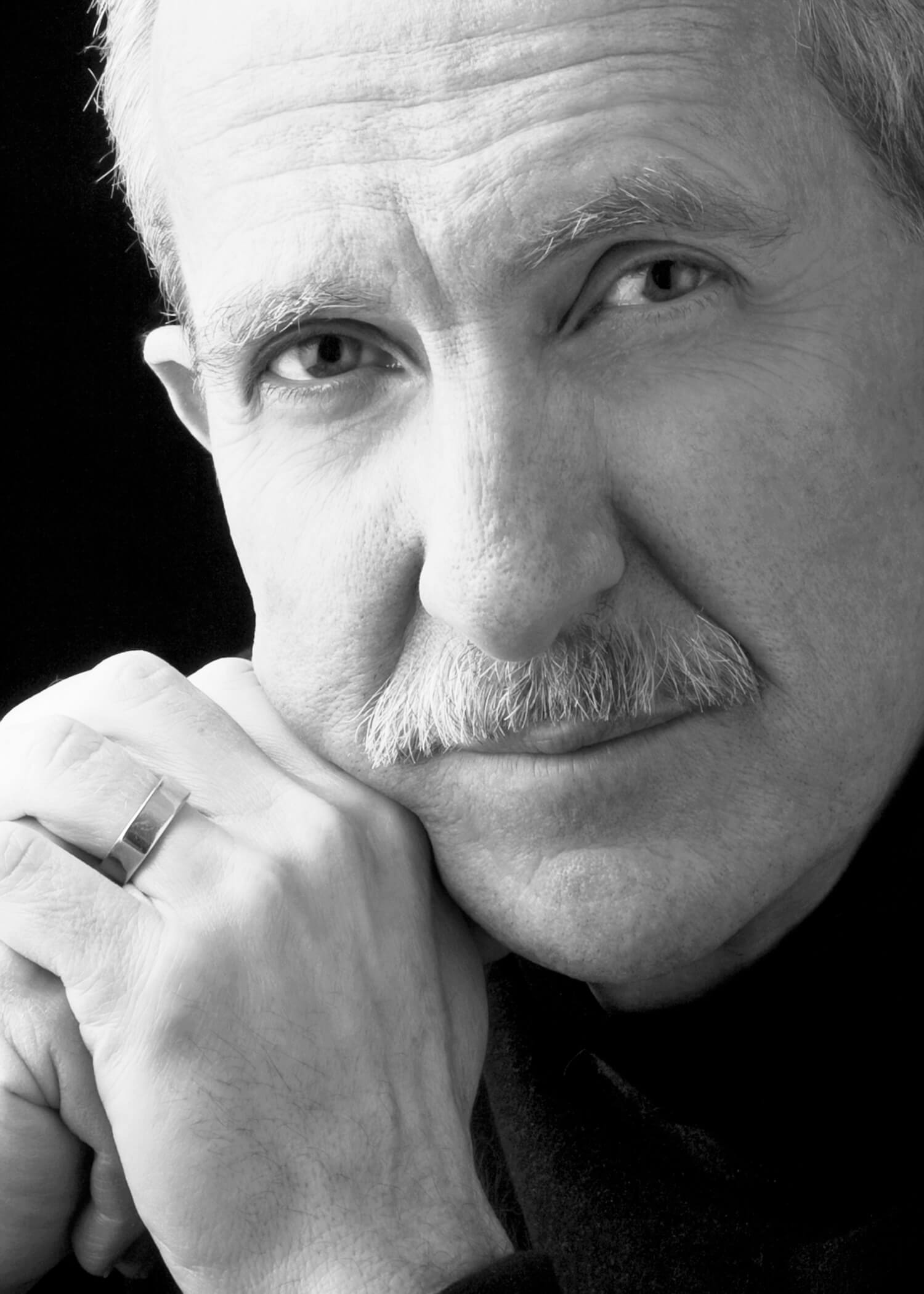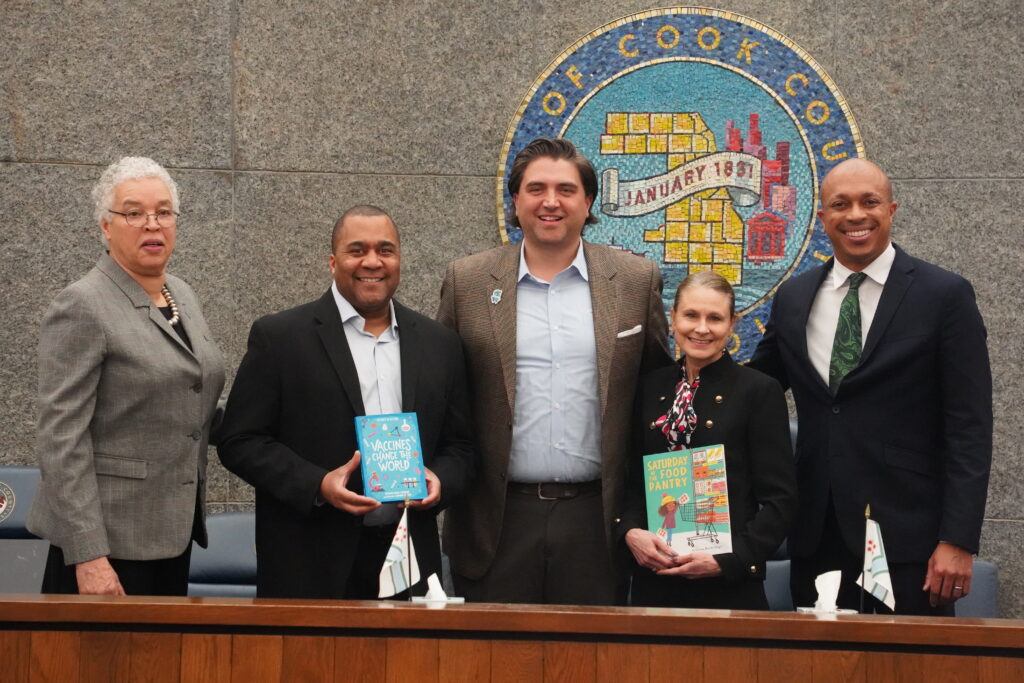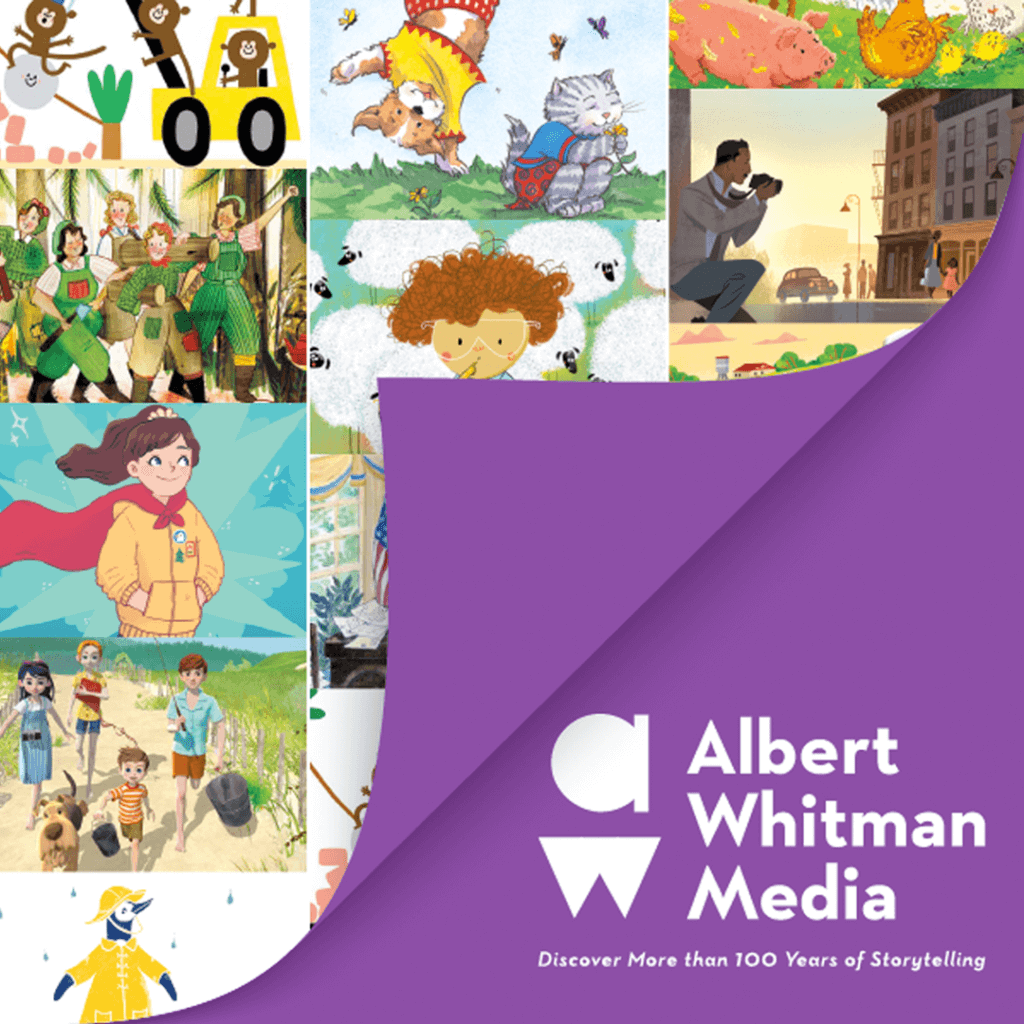The Best Kind of Research: Ronald Kidd on the History behind NIGHT ON FIRE
The Best Kind of Research: Ronald Kidd on the History behind NIGHT ON FIRE
The Best Kind of Research
Ronald Kidd on the history behind Night on Fire
I thought the book was finished. Then I met Benjamin E. Beasley.
This is a story about research—not the dusty, academic kind you might expect, but the kind that sparks imagination and brings a book to life.
The book was Night on Fire, my historical novel about the Freedom Riders, a courageous group of young people who, sixty years ago this month, set out by bus from Washington D.C. across the South to test a Supreme Court decision banning racial discrimination in interstate travel.
In working on the book, I had studied the time and place, had created fictional friends Billie Sims and Jarmaine Jones, and had woven a story around the brutal, real-life events of that first Freedom Ride. Then, as I always do, I set out to scout the locations where the story took place.
The Hill
I drove to Anniston, Alabama, where Billie and Jarmaine lived and where Billie had witnessed the burning of the Freedom Riders’ bus by a mob that included some of her neighbors. I found the place where it had happened, today marked by a historical plaque, and discovered it was at the bottom of a long hill.
Walking up the hill, I picked out a house that could have been Billie’s, and I snapped some photos. Doing so, I realized something I hadn’t thought of while working at my desk. Billie would own a bike. She would love chasing buses down the hill. Later, she and Jarmaine would climb onto one of those buses and take a Freedom Ride of their own. From my day on the hill came a new scene in chapter one and fresh excitement about Billie and her world.
Driving on to Birmingham, I found and photographed the YMCA building where Billie’s real-life neighbor, twelve-year-old Janie Forsyth, had won the 1961 Alabama state spelling bee. Just a week later, the Freedom Riders had tumbled from the burning bus in front of her father’s grocery store, and Janie, seemingly the only person willing to help, had taken them water in Dixie Cups.
Near the YMCA, I located the Greyhound bus station where Billie and Jarmaine, on their bus ride, were confronted by an angry crowd and befriended by Rev. Solomon Seay of Mount Zion AME Church. Climbing back into my car, I followed the highway that the girls had traveled with Rev. Seay and his church group to Montgomery, the capital of Alabama.
Billie and Jarmaine arrived at the Montgomery bus station a day after rioters had pulled the Freedom Riders from their bus and beaten them. When I got there, half a century later, the bus station had been converted to a beautiful little Freedom Rides Museum. I studied the exhibits and spoke with the volunteers, then set out for the last stop on my research trip.


Night On Fire

Billie and Jarmaine’s destination, and the setting for my climactic scene, was First Baptist Church in Montgomery, where a dramatic but little-known event in Civil Rights history took place.
The day after the bus station riot, a service was held there honoring the injured, frightened Freedom Riders, and it was attended by a church full of supporters, including Civil Rights leaders Ralph Abernathy, James Farmer, Fred Shuttlesworth, and Martin Luther King Jr. While the congregation worshiped, a mob gathered, trapping the people inside, and Dr. King hurriedly phoned U.S. Attorney General Bobby Kennedy to negotiate for help. Finally, after a long night of fires and threats, the National Guard arrived to rescue them.
I pulled up to the church on a Saturday morning, hoping to snap a few pictures of the outside and, if I was lucky, to get a glimpse inside. When I knocked on the back door, I was greeted by Benjamin E. Beasley, one of the church elders and saints. He and a few parishioners were busy mixing up pots of food for an event later that day, but he was generous enough to take nearly an hour and introduce me to his church, which he treated as an old friend.
That hour changed my final scene and brought the book to life.
The Bell
Deacon Beasley had not been at the church that night, but his mother had. In fact, Mildred Beasley had been the organist. She had started playing at three o’clock as the people arrived and had continued off and on for the entire night to inspire and comfort them.
As I looked up at the stately organ, I imagined Mildred sitting on the bench, rocking back and forth as she played hymns. I knew she had to be in my story, and so I created the character of Gus, the tiny organist with a big smile who welcomed Billie and Jarmaine.
Deacon Beasley told me the history of his church, founded just after the Civil War, then took me to the balcony and up a ladder into the tower, which was dominated by a beautiful old bell that seemed to embody the troubled, heroic history of the place.

I had sensed that my final scene needed something, but I didn’t know what. Now, standing in the tower, looking out at the park where the mob had gathered, I saw that it was the bell.
In the scene that I revised over the next few weeks, Gus showed the tower to the girls, as Deacon Beasley had shown me, and the bell took its place as the central image in my book, a symbol of freedom. As Billie says,
“I thought freedom was just a word, but it’s not. My friend Jarmaine taught me that. Freedom is hands and feet, bodies and faces, wounds and scars. It’s a bell, and I rang it. It’s a bus, and I climbed on.”
Books are great for research. So are old newspapers and letters. At some point, though, you have to roam the streets, explore the places, and talk to the people. When you do, stories take on faces, arms and legs, wings.
In the end, that’s the best kind of research.

This post is a guest post written by Author Ronald Kidd
Ronald Kidd is the author of fourteen novels for young readers, including the highly acclaimed Night on Fire and Monkey Town: The Summer of the Scopes Trial. His novels of history, adventure, comedy, and mystery have received the Children’s Choice Award, an Edgar Award nomination, and honors from the American Library Association, the International Reading Association, the Library of Congress, and the New York Public Library. He is a two-time O’Neill playwright who lives in Nashville.
Visit Author Website:





